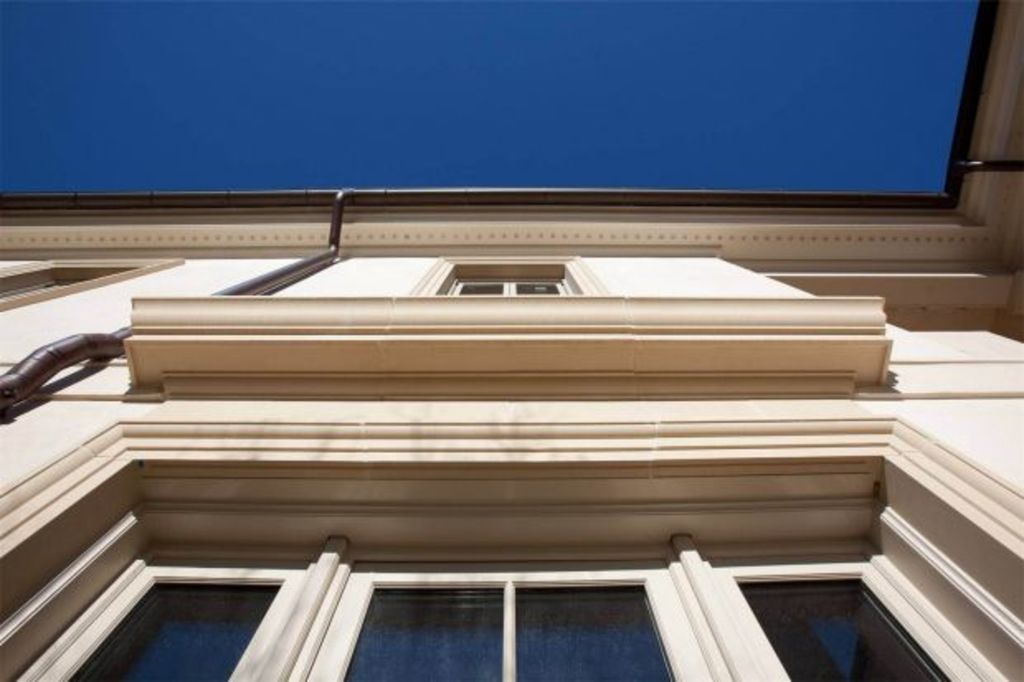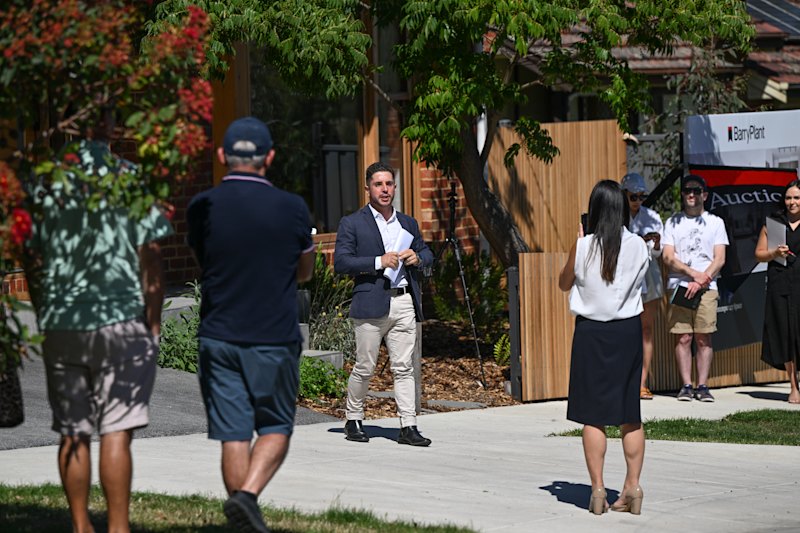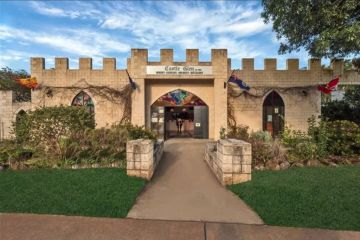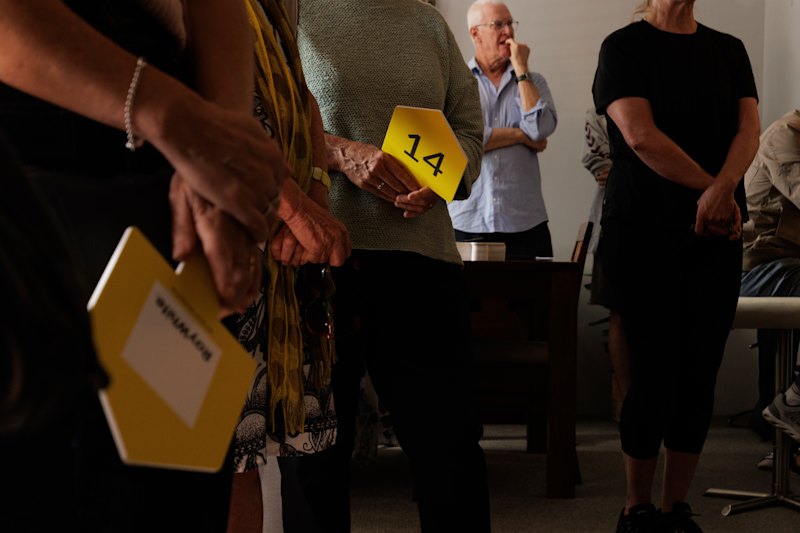Fortified, booby-trapped US estate on the market for $18.2 million

The safest house in America might be a sprawling 3345-square-metre compound outside Atlanta. And it’s a bargain at $US14.7 million ($18.2 million).
Built to last 1,000 years and to withstand every type of attack, the eight-bedroom, 15-bathroom house cost $30 million to construct and was reduced from its original list price of $17.5 million.
Because the buyer of such a fortified property likely would not want lots of details about it made public, listing agent Paul Wegener of Atlanta Fine Homes Sotheby’s International Realty has declined to divulge the exact location and name of its owner. Now in his 80s, the seller had the idea for this home since childhood and planned to leave it to his son. However, the son decided he didn’t want to live there so the owner has put it on the market before all the final touches are in place.
“When it was decided that he wasn’t going to legacy the home . . . the decision was made not to do all these interior finishes but to leave that canvas for the next owner,” Wegener said.
The walls, built to withstand machine gunfire, are made of wood-frame construction reinforced with rebar and concrete with a strength of about 2270 kilograms per square inch. Typical home construction uses concrete between 1360 and 1814 kilograms per square inch. Braided copper wires wrap around the wood framing to make the building safe from lightning strikes.
Maryland-based security expert Al Corbi, who has designed classified facilities for the U.S. government, came up with the safety design for the property. It includes a 1394-square-metre, concrete-fortified bunker deep within the main building with multiple concealed entrances.
“The concealment is not the traditional kind of bookcase where there’s got to be a trick opening,” said Wegener. “They’re concealed in a manner that you wouldn’t find.”
Interior and exterior doors throughout the house have three layers of Kevlar so they can withstand ballistic attacks, and a system of chromalloy pins that extend from the door’s edge in to the frame provide more than one locking mechanism for each entryway.
- Related: The largest survival community on earth
- Related: Australia’s Batcave mansion sets property record
- Related: Next-level security systems for billionaires
Should intruders make their way to the inner chambers of the house, they would still be vulnerable to a defense system called Man Traps, Wegener said. These discreetly placed nozzles can release stored gases that could incapacitate the person (if the homeowner has obtained noxious enough materials) or at least use harmless gases to obscure the visibility in the room so someone can’t escape.
An observation tower with remote window control oversees the property. It comes with a glass floor and secret spiral staircase entry so residents can see enemies coming and make a quick getaway.
The home has all the requirements for living off the grid – including water, electricity, heating, and a pantry big enough to hold a three-year supply of food.
Three artesian wells at a depth of more than 300 metres – at least one of which is connected to an aquifer – provide access to fresh water, Wegener said. A 64,350-litre storage tank acts as a place to store water for long term.
If the main electric grid fails, power can come from solar panels or two underground whole-house generators. The generators are stored in Kevlar-fortified bunkers. To accommodate the smoke that would rise from the generators, decorative shafts were built above ground near the outdoor fireplace to direct the smoke away from the house.
Geothermal heating provides climate control via 27 heat pumps throughout the property. “This home operates at a tenth of the cost of a home traditionally this size,” said Wegener. “Traditionally, a home that was 36,000 square feet would not operate efficiently. But this one does.”
A few of the features that aren’t fully finished include space for a 70-square-metre home theater, a wine cellar, two elevator shafts and a bridge onto the driveway that can pop spikes out to prevent vehicles from entering or exiting the property.
The 30-car garage, referred to as the Bat Cave, is nearly complete. The only piece of the design that still needs to be added is the waterfall that conceals the entrance.
The home also caters to luxury living with a front entrance modelled after Venice’s Rialto Bridge, three kitchens, a fireplace in the master bedroom, staff quarters, vaulted ceilings and enough entertaining space to host a 600-person event.
“The mandate was the best of the best and nothing short of it,” said Wegener. “So if you build something you do it right or you do not do it. Period.”
This article was originally published on the Washington Post.
We recommend
We thought you might like
States
Capital Cities
Capital Cities - Rentals
Popular Areas
Allhomes
More







